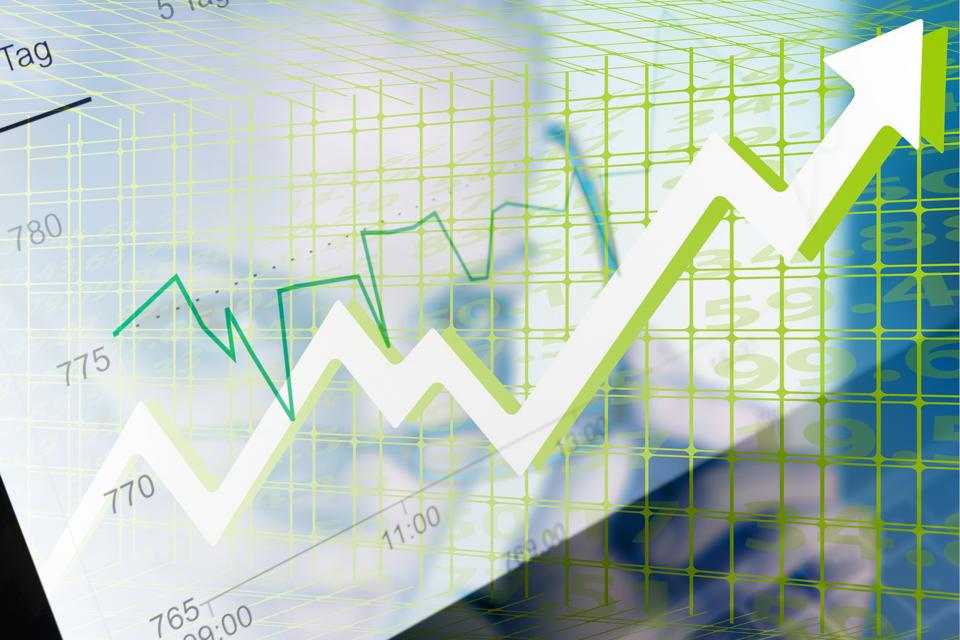The widespread media reports of record stock market highs are misleading. Yes, the dollar prices are higher, but the dollar values remain below their 2021 highs.
Important: Discussed below is the standard analytical practice used in the 1970s inflationary period. While we are not there yet, a few articles have recently included inflation’s effect on price (value) comparisons.
Because inflation erodes the U.S. dollar’s value, a higher 2024-dollar price compared to a 2021-dollar price does not mean a rise in value. For example, if the price of milk has risen in a time of inflation, a flawed conclusion would be that milk is now a more valuable commodity. That value misinterpretation applies to everything measured in dollars, including the stock market indexes.
For value comparisons, use inflation-adjusted data
First, here are the nominal (as reported) stock indexes – S&P 500, Dow Jones Industrial Average (DJIA), and Nasdaq Composite. Shown is the entire Covid period (January 2020 through March 2024).
Second, add in the inflation index for comparison (the CPI – All Items index). Clearly, inflation is causing some of the stock market rise, but it is hard to determine by how much in this graph.
Third, here are the “real” (inflation-adjusted) indexes. This graph is the growth-in-value picture, similar to what is reported for real GDP. Clearly, the inflation-adjusted indexes remain below their 2021 high monthly closes.
The bottom line: Risk remains
Numerous articles have used the unadjusted stock market moves in March and the first quarter as proof that a new bull market is at work. However, the “real,” inflation-adjusted indexes are still below their 2021 peaks. So, that “proof” is not yet here.
Additionally, many of those articles offer the Fed’s expected cut in interest rates as a fundamental reason for stocks to rise. But that link is uncertain. Instead of spurring growth, lower rates will likely decrease the exchange rate (i.e., the value of the dollar in other currencies). Moreover, lowering interest rates is an easy money shift, and that means a rise in the risk of higher inflation.

